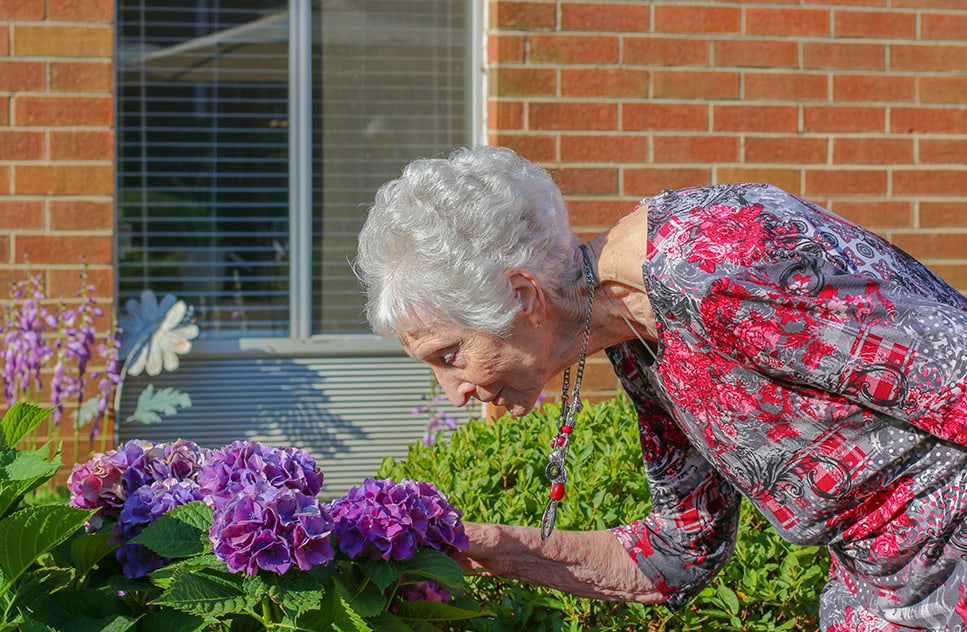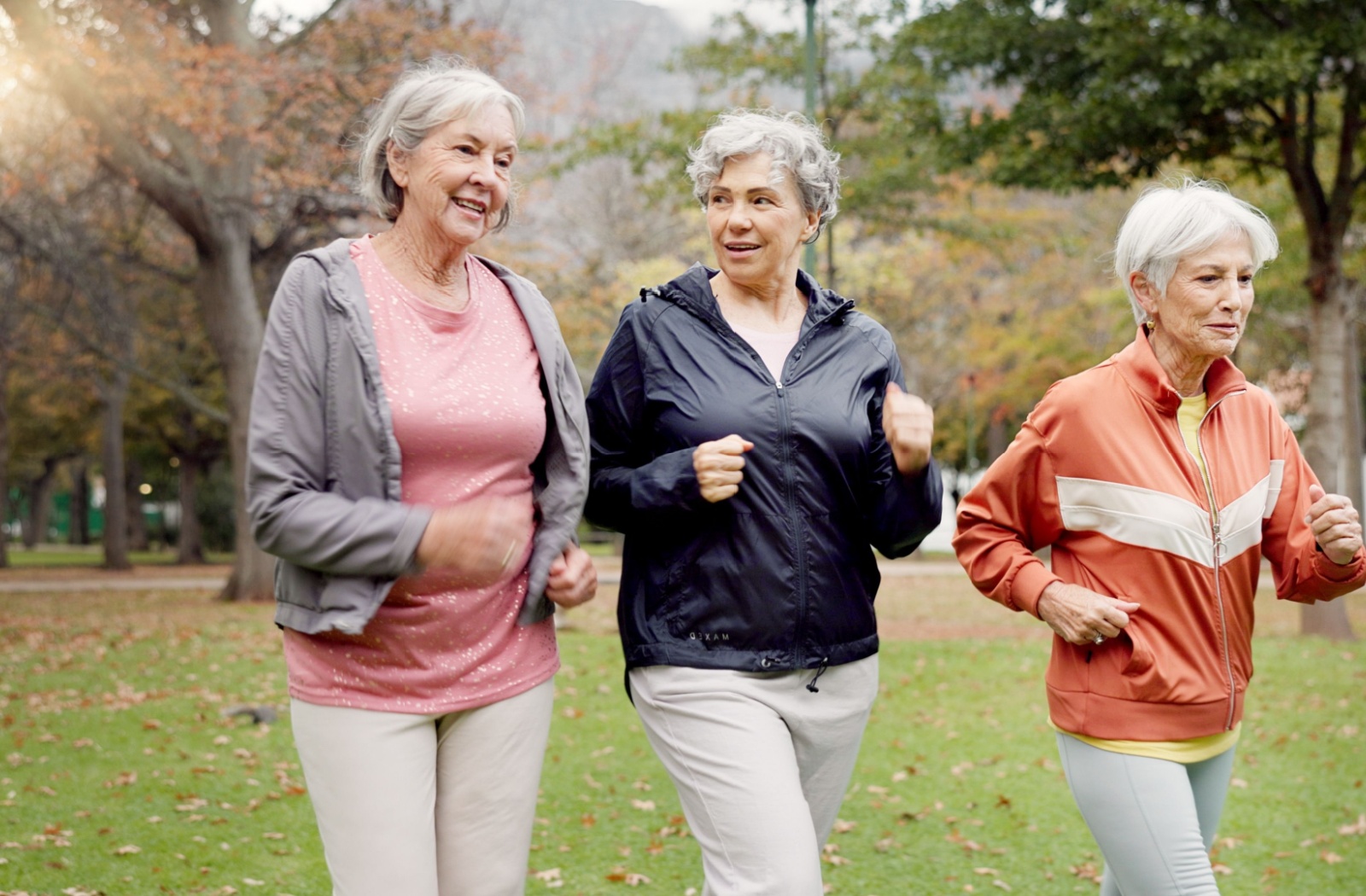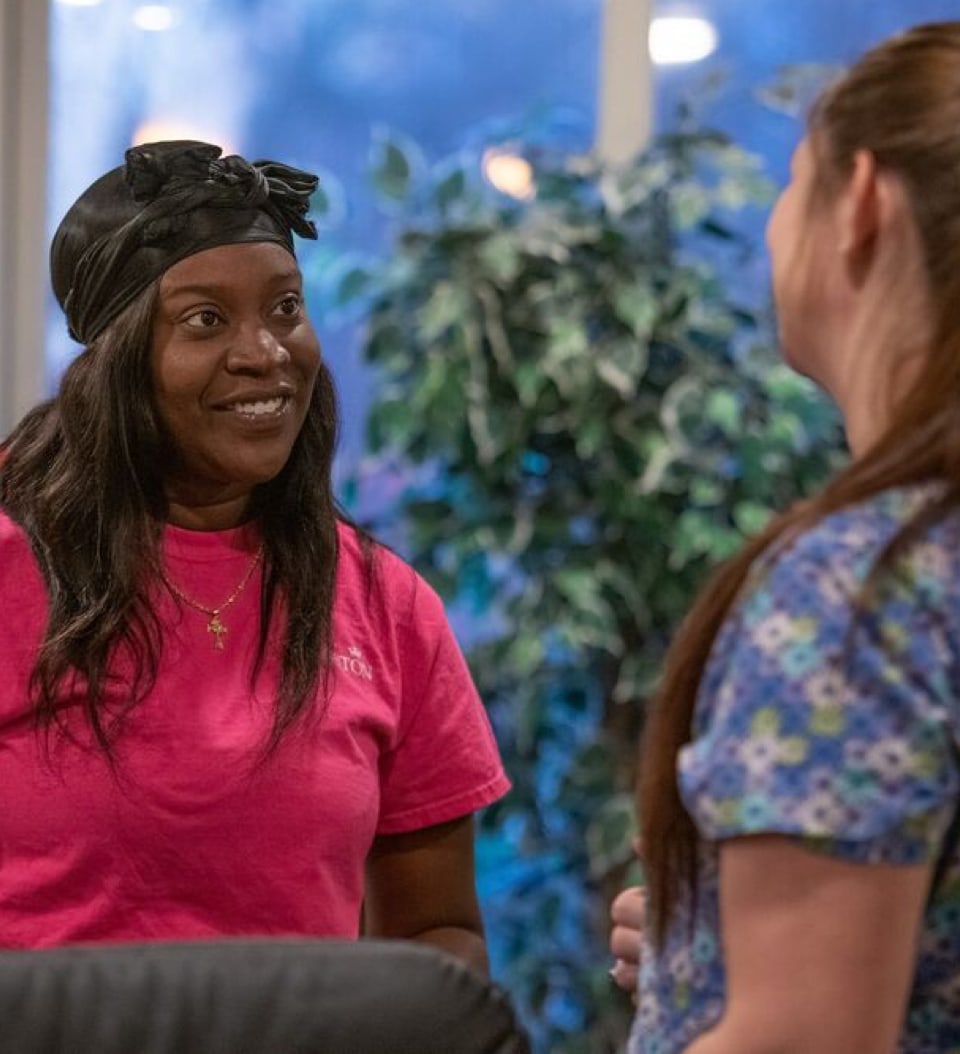Aging brings many changes, but it should never mark the end of an active lifestyle. Engaging in regular cardio exercises can significantly enhance your quality of life, making those golden years truly golden.
Cardio exercises, also known as aerobic exercises, are any activities that increase your heart rate and breathing while using large muscle groups repetitively and rhythmically.
For seniors, these exercises are essential for maintaining cardiovascular health, supporting joint mobility, and enhancing well-being.
If you’re a senior looking to boost your heart health, maintain mobility, and enjoy your days with more vigor, this comprehensive guide is for you.
Why Cardio Is Important for Seniors
Cardio exercises offer a multitude of benefits, particularly for seniors. They help improve heart health by strengthening the heart muscle, which enhances blood circulation and reduces the risk of heart disease.
Regular cardio also aids in weight management, reduces the risk of diabetes, and boosts mental health by releasing endorphins, which elevate mood and reduce stress.
Additionally, these exercises improve endurance, allowing seniors to carry out daily activities with greater ease and less fatigue.
Safety Tips for Seniors Doing Cardio
Before embarking on any new exercise regimen, safety should be the top priority. Seniors should consult their healthcare provider to ensure that their chosen exercises align with their health status and capabilities.
Start slowly and gradually increase the intensity to prevent injury. Always warm up before exercising and cool down afterward to keep your muscles flexible.
Wearing appropriate footwear and staying hydrated will also contribute to a safer workout experience.
Low-Impact Cardio Exercises for Seniors
Low-impact cardio exercises are gentle on the joints, making them ideal for seniors. These activities provide cardiovascular benefits without putting excessive strain on the body.
Walking
Walking is one of the simplest and most effective forms of cardio. It can be done virtually anywhere and requires no special equipment.
Start with short walks around your neighborhood and gradually increase your distance and pace. Walking not only strengthens the heart but also improves bone density and balance, reducing the risk of falls.
Swimming
Swimming is a full-body workout that is easy on the joints, making it perfect for seniors. The buoyancy of the water supports your body, reducing stress on joints and muscles while providing resistance to strengthen them.
Whether you prefer freestyle, backstroke, or gentle water aerobics, swimming is an excellent way to enhance cardiovascular health and flexibility.
Cycling
Cycling, whether on a stationary bike or a regular bicycle, offers a fantastic cardio workout. It strengthens the lower body muscles and improves coordination.
Stationary bikes are particularly safe as they provide stability and allow for adjustable resistance levels. Regular cycling can help manage weight, improve joint mobility, and boost overall stamina.
Moderate-Intensity Cardio for Seniors

For seniors who are comfortable with a bit more intensity, moderate cardio exercises provide even greater health benefits.
Water Aerobics
Water aerobics classes are specifically designed to combine the benefits of aerobic exercise with the gentleness of water.
These classes often include activities such as water walking, jogging in place, and other rhythmic movements. The water’s resistance provides a challenging workout while cushioning the impact on joints.
Dancing
Dancing is a joyful way to get your heart pumping. Whether it’s ballroom, line dancing, or even a Zumba class tailored for seniors, dancing improves cardiovascular health, enhances coordination, and lifts the spirit.
Plus, it’s a social activity that can foster a sense of community and connection.
Light Jogging
For seniors who are already active and have good joint health, light jogging can be an excellent way to boost cardiovascular fitness.
Start with short jogging intervals mixed with walking, and gradually increase the jogging duration as your endurance improves. Always listen to your body and avoid pushing yourself too hard.
Chair Cardio Exercises for Limited Mobility
Seniors with limited mobility can still engage in effective cardio exercises using a chair. Chair exercises are versatile and can be performed sitting down or using the chair for support.
- Seated marches involve lifting your knees one at a time as if marching in place, which raises the heart rate and improves circulation.
- Arm circles, where you extend your arms and make circles, engage the upper body and can be done in different directions and speeds.
- Leg extensions, performed by extending one leg at a time, strengthen the lower body while keeping you stable in the chair.
How Often Should Seniors Do Cardio?
The U.S. Centers for Disease Control and Prevention recommends that seniors 65 and older aim for at least 150 minutes of moderate-intensity cardio exercise each week.
This can be broken down into 30-minute sessions, 5 days a week. However, it’s important to find a routine that fits your lifestyle and abilities.
Even shorter, more frequent sessions can be beneficial if they total up to the recommended amount.
Stay Active with Kingston Residence of Hickory
Cardio exercises are an important component of a healthy lifestyle for seniors. By incorporating various forms of cardio into your routine, you can enjoy improved cardiovascular health and increased stamina.
Remember to prioritize safety, listen to your body, and consult with your healthcare provider before starting any new exercise program. With dedication and the right approach, you can make cardio a rewarding and enjoyable part of your life.
Don’t hesitate to reach out to our team at Kingston Residence of Hickory for personalized guidance on creating a fitness plan that suits your needs and goals. Stay active, stay healthy, and enjoy every moment of your golden years!






